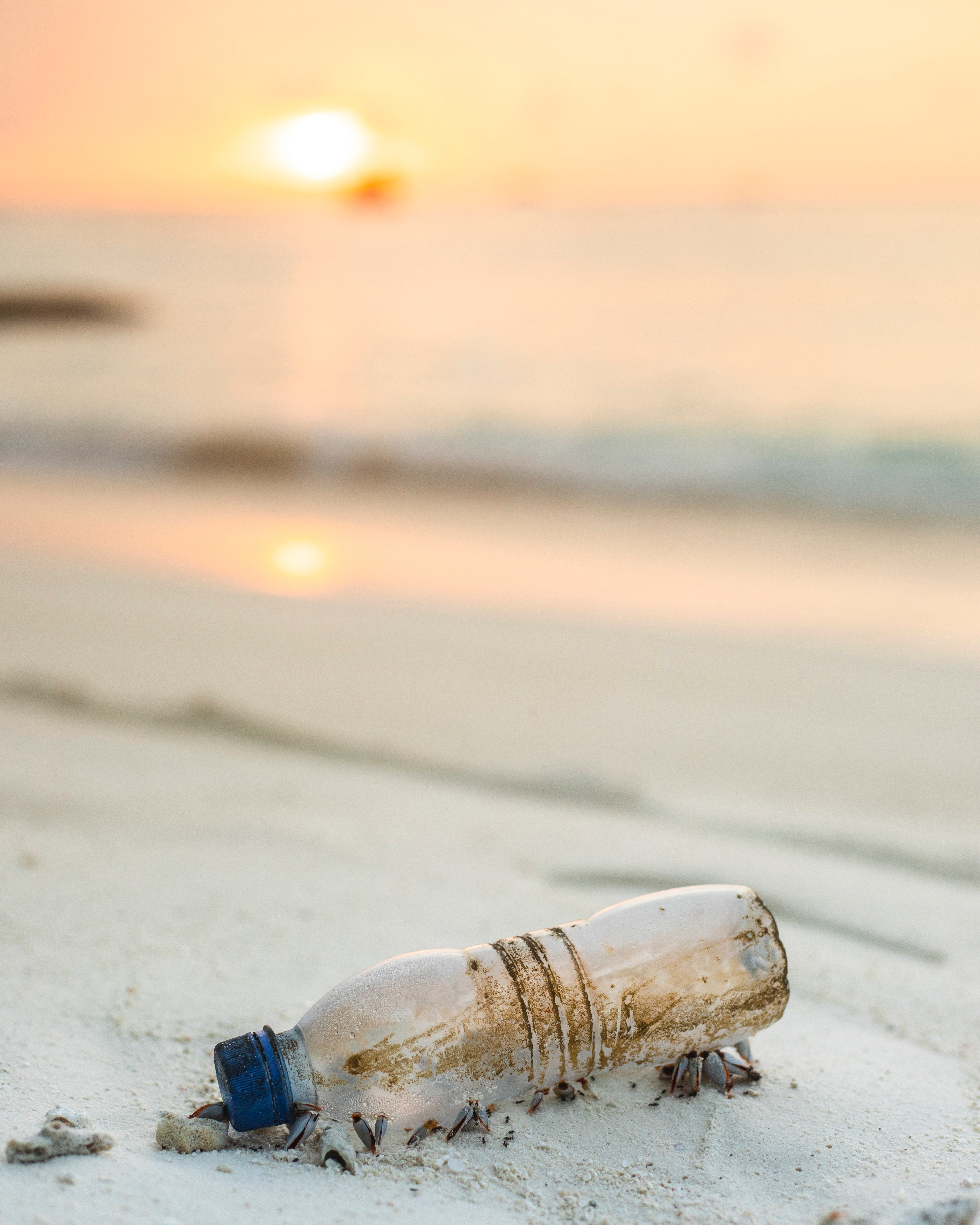Waste is a major problem in Indonesia (Source: Personal collection)
The media has focused on foreign countries sending waste to Indonesia but the reality is Indonesians are generating much more waste themselves, which is growing so fast the current system cannot cope.
As the final part of the Tulodo Environmental Series, this article will cover how the recycled waste system works in Indonesia. As described in the previous article (Article 1 and Article 2), at the household level waste is stored in different containers prior to collection, such as in plastic bins, plastic bags, and brick containers built in front of houses.
As mentioned in the first article of the series, in Indonesia, the average solid waste generation per capita was 0.49 kg per day in 2015, and it keeps increasing. It is predicted that Indonesia will produce 67.1 million tonnes of solid waste in 2019, mostly generated by households. Why is this a problem? The impact of waste on the environment are becoming more obvious as rivers and oceans become clogged up with plastic waste. Clogged rivers also increase the likelihood of flooding which would be damaging to the surrounding communities.
The Indonesian Government has set a target of a 30% reduction of waste and 70% improvement of waste management by 2025. Waste is usually collected regularly, between daily o and three times a week depending on the city. There are several methods and vehicles used to collect waste, such as the government’s dump trucks, open trucks andmini trucks. Scavengers use handcarts to collect waste from households.
 Scavengers collect waste using carts (Source: Personal collection)
Scavengers collect waste using carts (Source: Personal collection)
The waste is usually not sent directly to the final disposal location, but first to local transfer stations. In this transfer stations, plastic waste may be collected by scavengers. The waste is then combined and sent to final disposal using open or dump trucks. However, there is usually no intermediate treatment of waste along the way. This means most waste is transferred directly to the disposal site. All type of waste –“sampah basah (wet waste), sampah kering (dry waste including plastic waste, glass, metals) and “bahan beracun dan berbahaya” (hazardous waste) will be transferred directly to one disposal site. Indonesia currently produces more than 190,000 tonnes of waste every day. Most of waste produced is organic waste (57%), whilst around 25,000 tonnes of plastic waste is produced every day. What happens to the plastic waste?
 Plastic is a stubborn, ugly and damaging material Photo by Ishan @seefromthesky on Unsplash
Plastic is a stubborn, ugly and damaging material Photo by Ishan @seefromthesky on Unsplash
Plastic really is a stubborn material, it was designed to not decompose easily. In Indonesia, the municipal governments usually collect plastic mixed with other waste, scavengers then recover the plastic by picking through it. According to a study related to plastic waste management in Jakarta, scavengers collect several types: PET (Polyethylene Therepthalate) bottles and PP (Polypropylene) cups which has good quality materials, rigid/hard plastics, and flexible/soft plastics. These materials are shatterproof, and their wide availability as an economic and recyclable plastic materials. They then sell the plastic to bigger organisation that manage the collection and recycling process, for example sorting, washing, and shredding plastic waste into small pellets.
Some citizens recover plastic at community-based waste management centers called waste banks, including those from recycler associations (e.g. Association of Indonesian Plastic Recycling Businesses – APDUPI). With different operators managing plastic separately, the actual amount of plastic recycled is not known and coordination is challenging. However, according to Tempo, the proportion of plastic waste recycling in Indonesia was only 9-10%. This means that around 90% of plastic waste, including bottles, bags and straws, is not recycled and ends up in landfill. These landfills can be hazardous to the environment as it may take up to 1,000 years to decompose, leaching potentially toxic substances into the soil and water.
With such an enormous and unsustainable burden on landfill, Indonesia needs more options to handle plastic waste. Landfill should only take waste that cannot be treated through recycling technology. Improved recycling systems are needed, for example using , chemical or thermal treatment.Plastic enters a complicated system where it is sold, exported, imported, melted, resold, and transported again, travelling around the world, becoming plastic flakes, becoming other materials such as cups, before repeating its life as a plastic bottle. The plastic bottle you threw away this morning can end up as another plastic bottle in a different country many years later.
Reducing the use of plastics will be one of the most important solutions to major environmental problems. Various governments in Indonesia have developed policies and services, e.g., on plastic bags. For example, Denpasar City Government banned the use of plastic bags in modern shops and shopping centers since January 1, 2019; the Bogor City Government (since 2018) and Balikpapan City Government (since 2016) issued regulations to reduce the use of plastic bags. Analysis is needed to explore the effectiveness and impact of these efforts.
My last question for you would be: how much do you contribute to recycling behaviour?
Editor: Ratnakanya Hadyani, Nicholas Goodwin



Published by